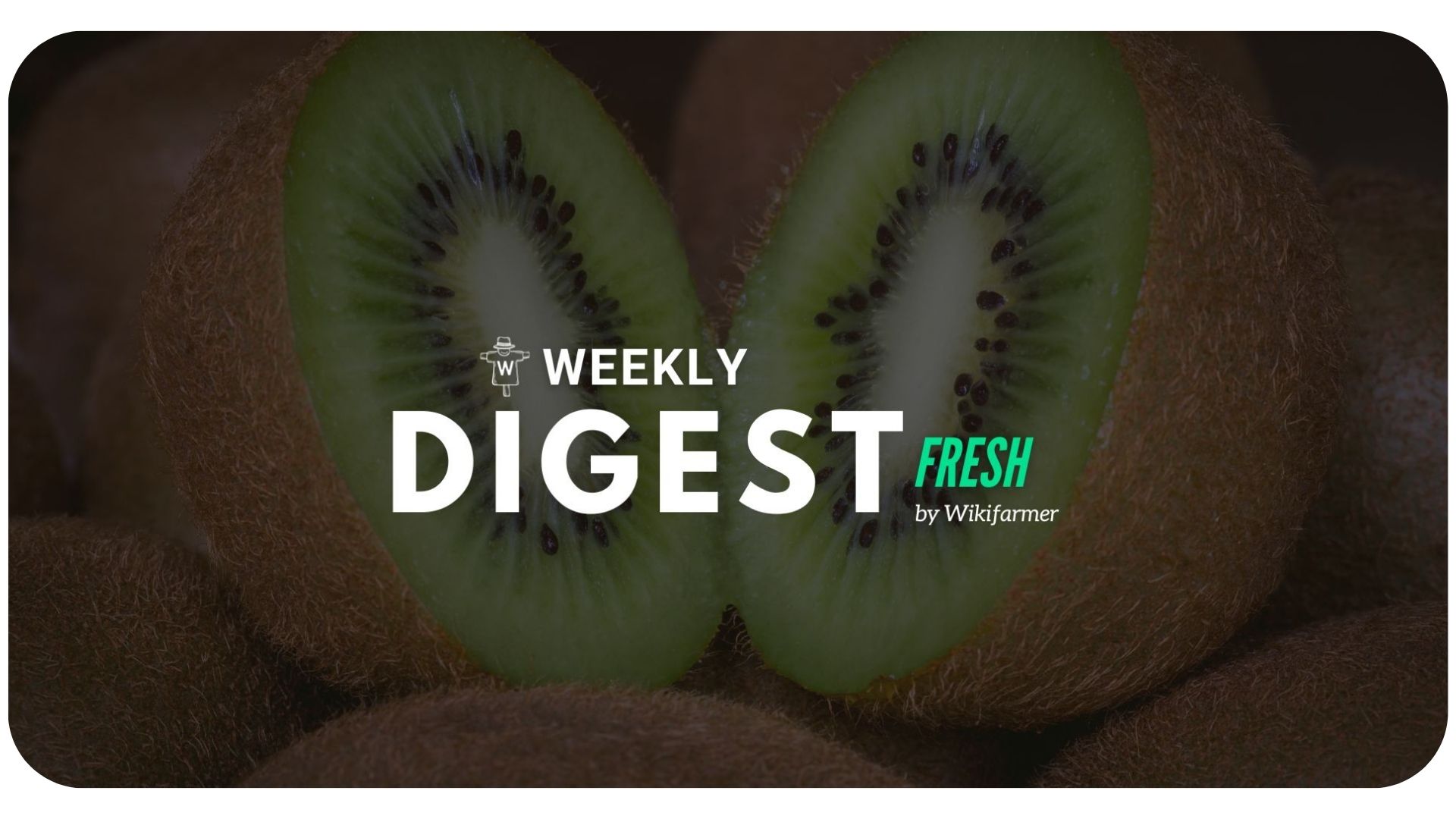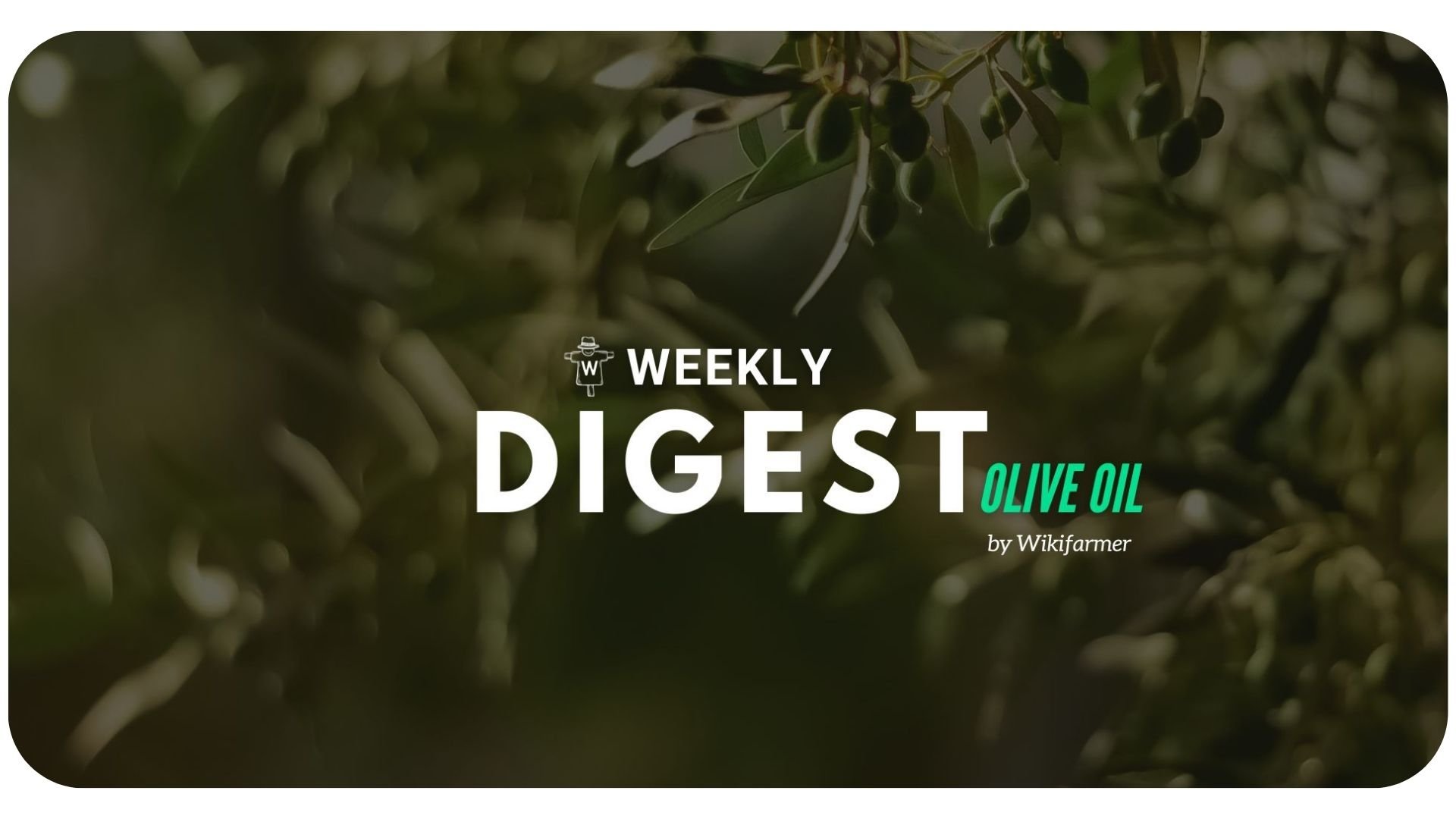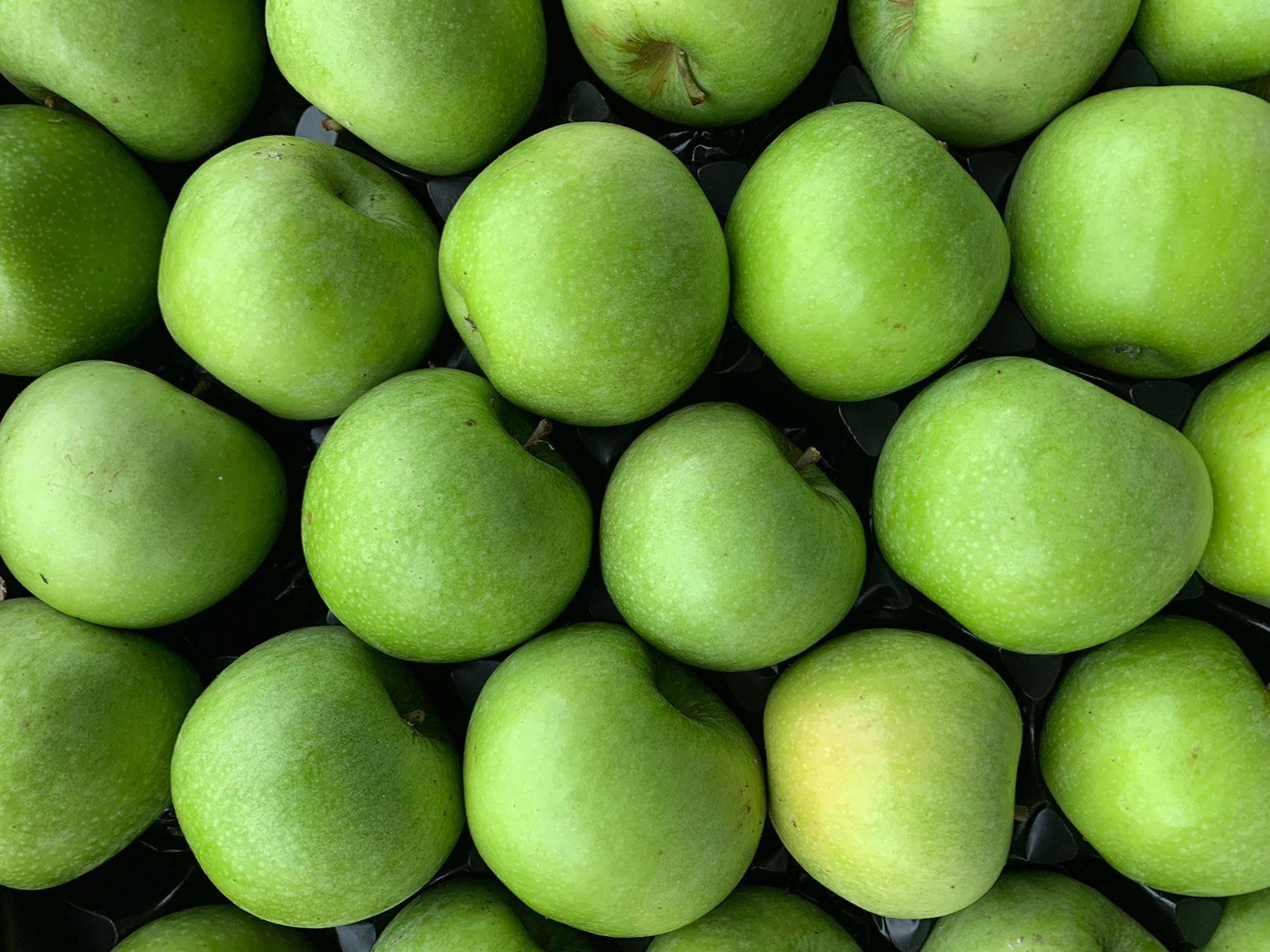Kiwi Market Digest w48
Weekly Updates on the B2B Kiwi Market
Read More

Posts by:


Weekly Olive Oil Market Updates


Weekly Olive Oil Market Updates



Weekly Olive Oil Market Updates



Weekly Olive Oil Market Updates